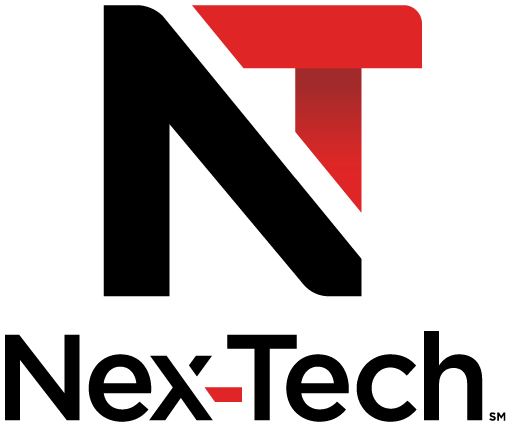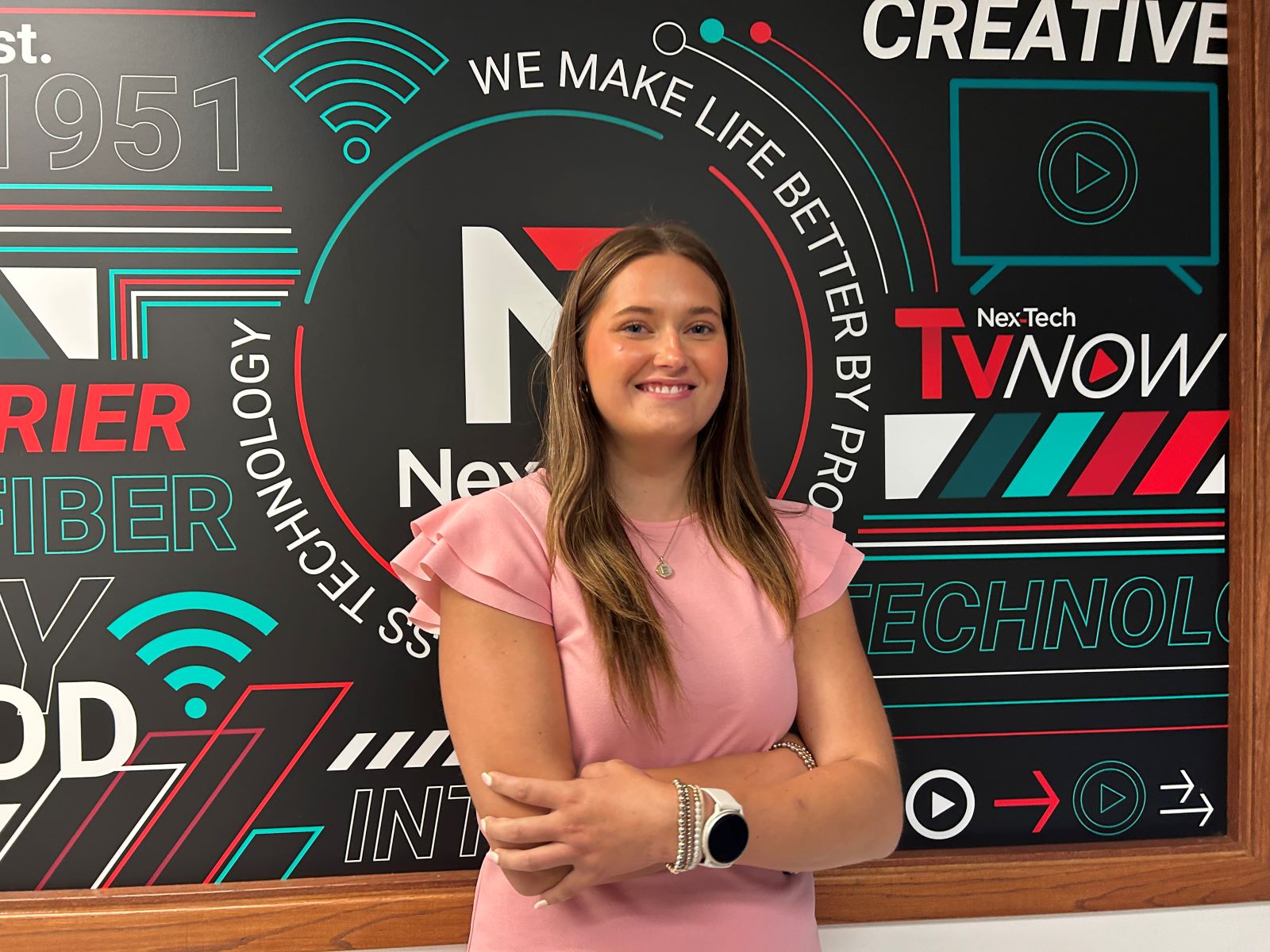How the Universal Service Fund Benefited My Kansas Community
Written by: Ella Burrows
What is the Universal Service Fund? (USF)
The Universal Service Fund (USF) is a system of telecommunications fees managed by the Federal Communications Commission (FCC) to ensure affordable and widespread access to telecommunications services. In simple terms, the FCC collects financial contributions from telecommunications companies, like Nex-Tech, and uses those funds to support and expand access to telecommunications services throughout the United States. To cover these contributions, telecom providers typically add a small fee to their customers’ service bills.
History and Impact of the USF
The Universal Service Fund traces its roots to the Communications Act of 1934, which aimed to regulate communication channels such as telephone, telegraph, radio, and television, and to ensure that all Americans have access to essential telecommunications services. This principle of “universal service” laid the foundation for future efforts to bridge the digital divide.
The USF, in its current form, was established by the Telecommunications Act of 1996 to promote access to quality, affordable telecommunications across the U.S., especially in rural areas, for low-income households, and within key community institutions like schools, libraries, and healthcare facilities.
Today, the USF supports four major programs:
- E-Rate – for schools and libraries
- Rural Health Care – for rural clinics and hospitals
- Lifeline – for low-income consumers
- High Cost – for rural and underserved regions
The USF has been a vital resource for communities across the United States. The fund has helped reduce the cost of telecommunications services for our libraries, schools, and healthcare providers, each of which are critical institutions in both rural and urban areas.
In my hometown of Satanta, Kansas, the Dudley Township Library, where my father, Ryan Burrows, has worked for nine years, has been a cornerstone of the community. Supported by the USF’s E-Rate program, the library provides free Wi-Fi, public computers, printing and fax services, and technological support, especially for those without internet access at home.
As my father puts it:
“Libraries are far more than book-lending institutions, these libraries serve as lifelines—providing free Wi-Fi, access to computers, printing and faxing services, and basic technology support, often for patrons who might not have these resources at home. In areas where internet access and public services are limited, rural libraries act as gateways to the wider world, offering connection, information, and opportunity. Small libraries also partner with local schools to provide enriching summer programs that help combat the “summer slide,” the documented decline in students’ reading skills over long breaks.”
The E-Rate program also plays a vital role in supporting our schools. Traci Taylor, a longtime educator and E-Rate Consultant at the Southwest Plains Regional Service Center, works with 42 school districts across western Kansas and beyond, helping them secure and utilize E-Rate funding. Taylor says this funding is absolutely essential for Kansas schools:
“With these discounts that can range anywhere from 60-90% they can use that money where it ought to be – helping staff and helping students.”
Last year alone, those schools received over $1.6 million in E-Rate discounts, enabling them to cover the high fixed costs of broadband service and reinvest in education.
These stories are not unique. Across Nex-Tech’s service areas and throughout Kansas, the Universal Service Fund ensures that even the most remote communities remain connected, informed, and supported.
Whether it’s a child logging onto a school Chromebook, a farmer applying for federal resources online, or a grandparent using the library to connect with loved ones—none of it would be possible without the critical infrastructure that the USF supports.




